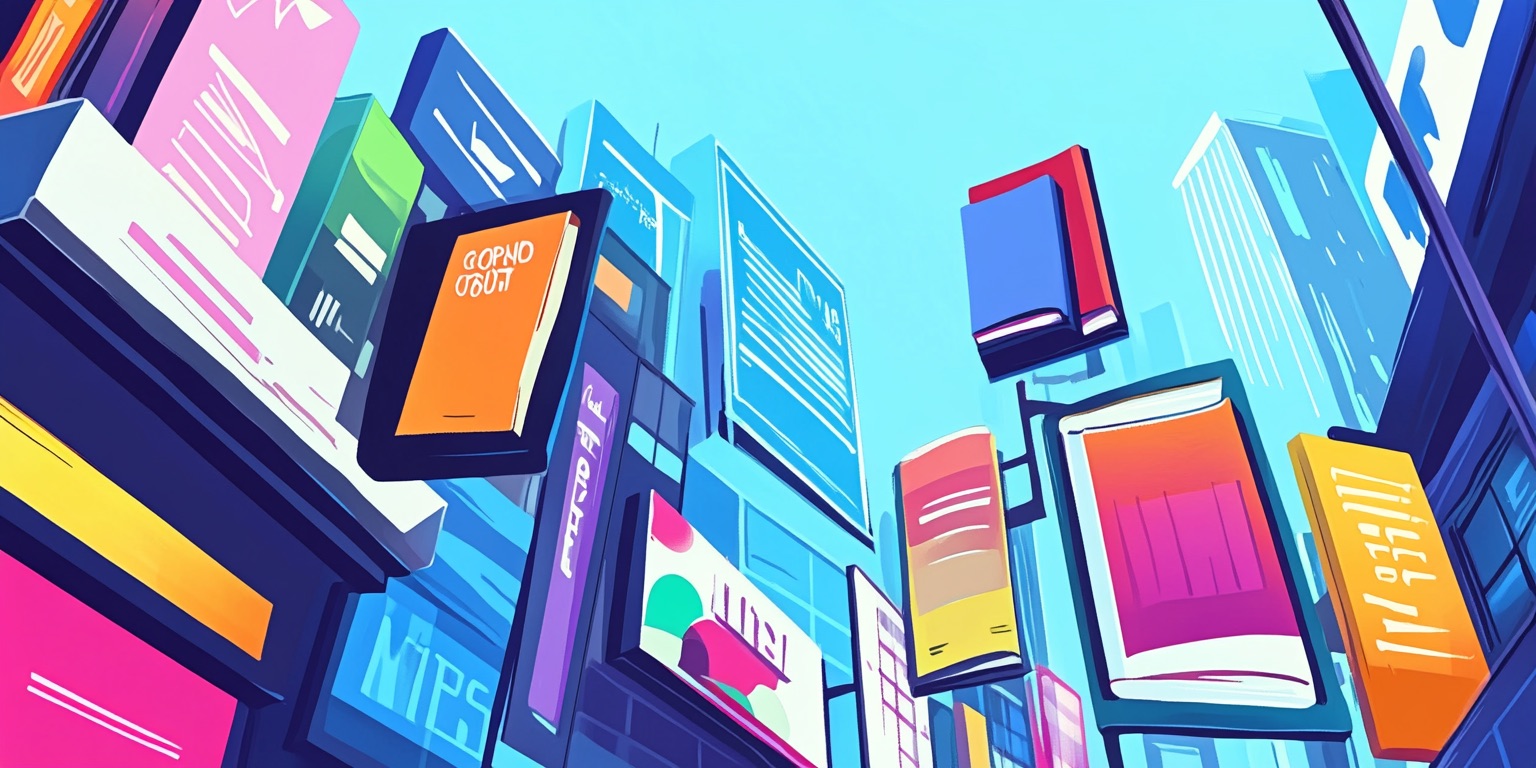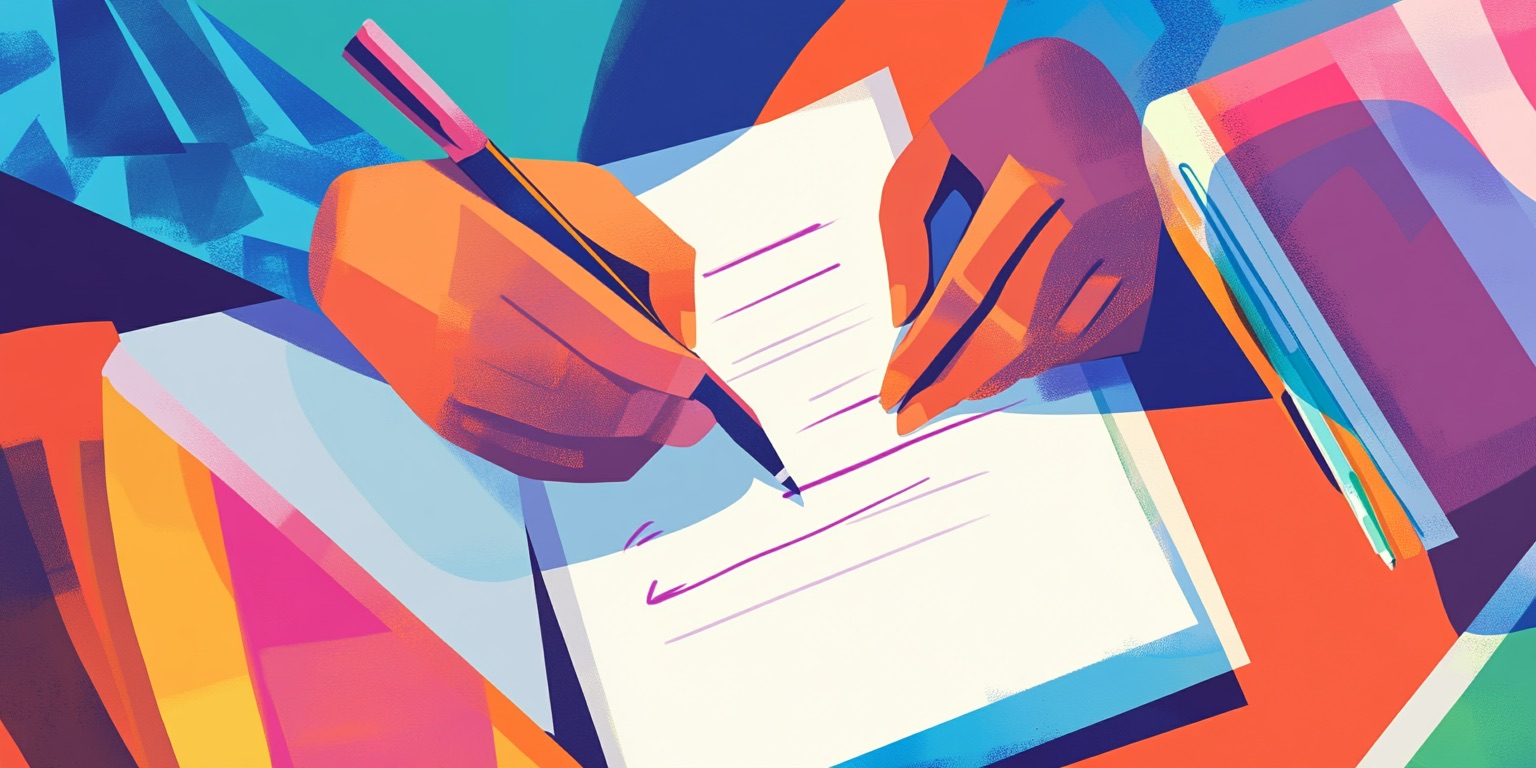Did you know that according to a Gallup poll, Americans read, on average, 12.6 books a year? Books are a staple of learning, teaching, and entertainment. Books create impact in a variety of ways. One of those ways is through advanced reader copies.
If you’re reading this blog it’s likely because you want to know, “What is an advanced reader copy?” If you’ve previously worked with authors, are an author yourself, or hope to become an author someday, it’s important to understand this term.
To give you a better understanding of this concept, in this article we discuss:
- What is an advanced reader copy (ARC)?
- How to make one?
- Who should get them?
- Are they different than the published one?
- Next step
Let’s dive in…
What is an Advanced Reader Copy?
An advanced reader copy (or ARC) is a not-quite-finished version of your book that is given to early readers. While an advanced reader copy is technically one of the earliest versions of a book, it is not a complete version.
Usually, an advanced reader copy still contains some typos that will be edited before the first copies go to print and hit bookshelves. However, just because ARCs may have some typos, they still have a purpose all their own.
If you’ve worked with an ARC before, you’re likely familiar with book launch teams. Whether authors choose to self-publish or traditionally publish, they usually create some form of launch team. To be part of a launch team, readers need to read the book. Profound, right?
Early readers are often given an advanced reader copy. This copy will likely be softcover, stamped to communicate it is not a final version of the book, and contains errors. These errors will be edited out prior to the final publication.
The purpose of an ARC is to get the book into readers’ hands so the author and marketing team can gather feedback on the manuscript. This also sets readers up to give reviews prior to the day of the launch or on the day of the launch — having already read the book in its entirety.
How to make one?
How you create your advanced reader copy depends on if you self-publish or traditionally publish. According to Brooke Vitale, there are two ways to make your ARCs:
#1 – Traditionally Publishing
Vitale says that publishers will print a small run of books through an offset printer. Regardless of if the book will be formatted as a hardcover, the ARCs will be softcover with the lowest amount of cost invested.
This means the books will all be paperback, the paper will be low quality, and there will be few if any printing enhancements. Vitale says, “This is cost-effective for publishers, but not for self-publishers who do not have long-standing relationships with printers.”
#2 – Self-Publishing
If you are self-publishing your book, consider uploading it to Amazon Kindle Direct Publishing (KDP). This enables you to print out proof copies. As mentioned above, your book will be marked as an ARC. Through KDP, this takes the form of the words “not for resale” over the book’s cover.
Vitale also says you can publish the book through Amazon at a price point. From here, order as many author copies as you need. Of course, this comes at a risk. Your book is now for sale on Amazon, and it can be purchased before you are ready for it to be. If you choose to go this route, make sure you take the book down as soon as you order the number of advanced reader copies that you need.
Another tactic is to use a printer like BookBaby, Lulu, or Ingram Spark for your ARC copies, before listing the final published version on Amazon KDP, where you ultimately want to sell it.
Who should get them?
Who gets an advanced reader copy depends on you, the author. If you are traditionally publishing you will work with the publisher on this. If you self-publish, this is entirely up to you.
Some book launch teams (or street teams) send their members an advanced reader copy. However, not every launch team receives an advanced reader copy. Many launch teams use NetGalley and members must preorder the book in order to join the launch team.
That said, it’s helpful to the author to have physical copies of their book. When the author obtains ARCs, they can send them potential endorsers, or readers with a large platform who will help with marketing.
Endorsements are largely sought, and usually the same authors receive many endorsement requests. To succeed in a saturated market, it’s crucial to:
- Make it as easy on the potential endorser as possible
- Send a physical copy of your book for easy reading
- Show your best writing and/or bookmark the section most relevant to them
Because endorsers receive so many requests, if you have a limited supply of advanced reader copies, prioritize sending copies to your endorsers or other big marketers who need to read the book before the release date.
If you have leftover ARCs, consider hosting giveaways within your launch team and sending the remaining copies to hard-working team members.
Writer’s Digest states several uses for ARCs:
#1 – Get reader reviews. Individuals who commit to read and review the book before its publication often receive ARCs to enable them to leave a true review on various platforms.
#2 – Land critical editorial reviews. ARCs can also be sent to online and print publications that target the author’s target audience as a way to obtain positive, editorial reviews.
#3 – Compile blurbs. Authors and other individuals who could offer a blurb often receive ARCs. Their blurbs are often used on the outside or interior of the manuscript for its final printing.
#4 – Use for other promotional purposes. Authors and/or publishers can provide ARCs for various media outlets in order to build buzz and garner more publicity leading up to release day. Writer’s Digest lists print, online, podcasts, TV, and radio interviews, as a few of an author’s options.
Are Advanced Reader Copies different than the published ones?
An advanced reader copy should be different than the published manuscript in both the interior, ultimate design, as well as quality.
An ARC will likely have typos, a banner across the front cover, or a stamp communicating this is an ARC and not for resale, and will be low quality. While the final release may be hardcover, an ARC will be softcover.
Advanced reader copies will also use the lowest quality materials to cut costs and allow as many readers as necessary to receive a copy before release day.
Moving forward: What’s your next step?
As you consider what’s best for your book, take a moment to step back and consider your marketing goals.
- How many endorsers and editorial reviews do you need?
- Will you provide ARCs for your launch team?
- Which social media influencers should receive a copy?
If you’re self-publishing, take a look at your budget and then determine the best way to obtain your advanced reader copies. If you’re working with a traditional publisher, communicate with them about your hopes for your project.
Regardless of who receives an advanced reader copy of your book, be proud of the hard work you’ve put in. Don’t worry about the typos or the low-quality paper. Those factors will be taken care of before publication.
Enjoy the fact that real readers are holding a physical copy of your book. That is a tremendous accomplishment and well-earned. It’s worth celebrating!
























